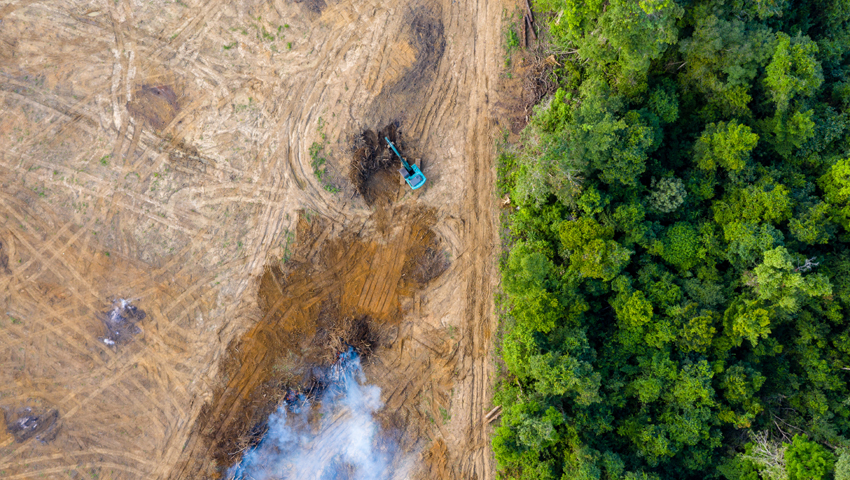WRITING in the Los Angeles Times, Robert Muggah and Mac Margolis ask the question “Can ranchers help rescue the Amazon?”
Their conclusion is a qualified “yes”.
They say that “A fifth of the rainforest has been cleared for farms, cattle grazing and ambitious development schemes such as highways and mega-dams, too often by lawless means and for only fleeting wealth. Unless the economy, governance and culture of the region undergo a fundamental reset, scientists fear, the entire biome may be on track for irreversible dieback.”
On that basis, the idea that beef cattle could be part of the solution for the Amazon may seem paradoxical. “But” say the authors, “that’s the only viable path forward. We already know a lot about what hasn’t worked. About 40% of Brazil’s 218 million head of cattle graze in the Amazon basin, often under precarious conditions. It takes one to two hectares of pasture on average to sustain a single head of cattle. Even then, prosperity fades quickly. When pastures fail, ranchers traditionally hack their way deeper into the frontier.”
But, they say, there is good news. “After decades of research, on top of sometimes devastating trial and error, Brazil today has the tools and experience to glean value from the land without trampling it under — even on Amazon ranch land.
“For three generations, the Brazilian government’s agricultural research company, Embrapa, has led experiments to recuperate degraded rainforest and help ranchers produce more without toppling any more forest. Cattle farmers now know ways to expand their herds while keeping the forest standing, such as grazing under tree crops.” Regenerative grazing can also help. “One study found that by boosting cattle productivity with these and other means, Brazil could meet demand for timber, beef and crops through 2040 without toppling any more forest.”
The authors note that “Some 89% of Amazonia’s 1 million farmers are small producers, for whom beef and dairy cattle are an important household investment and a reliable hedge against bad harvests and inclement weather.”
They say “There is no prospect for sustainably developing the Amazon basin without sustaining those who live and work there. Brazil today has the field-tested technology and managerial acumen to reinvent tropical farming. By combining advanced agronomics, policy incentives, vigilant governance and lending, and data-driven monitoring tools, Brazil could curtail plunder, scrub supply chains and keep livestock herders honest.
“Properly done, this transformation could conceivably convert cattle farming from one of the Amazon ecosystem’s biggest liabilities into an asset. Success is hardly guaranteed and will undoubtedly take time. But you can bet the ranch it won’t happen at all as long as opportunists and outlaws make better money from resource plunder and razing the forest than by adopting green best practices.”
